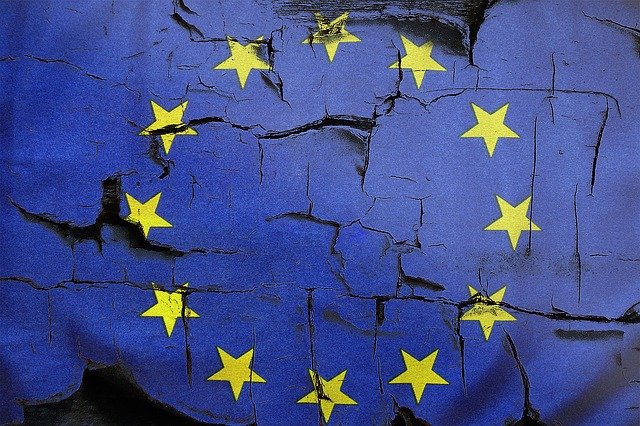The EU has made available documents which outline the main areas of change that will take place in at the end of the transition period, whether there is an agreement on a future partnership between the European Union and the United kingdom or not. The changes included in the document will result automatically from the fact that, as of January 1 2021, the transition period allowing for the temporary participation of the United Kingdom in the EU single Market and Customs Union will cease.
The Withdrawal Agreement concluded between the EU and the UK secured the departure of the UK, providing legal certainty in important areas including citizens’ rights, the financial settlement and the avoidance of a hard border on the island of Ireland.
The Withdrawal Agreement provided for a transition period, which ensures that EU law continues to apply to the UK from 1 February 2020 to 31 December 2020. At the end of the transition period, the UK leaves the Single Market and the Customs Union, thereby putting an end to the free movement of people, goods and services. The United Kingdom will also no longer participate in the EU’s VAT and excise duty area, nor in EU policies and programmes, and will stop benefitting from the EU’s international agreements. Changes will affect both sides and happen irrespective of whether or not an agreement on a future partnership between the EU and the United Kingdom is reached.
The EU and the UK are currently negotiating an agreement on a new future partnership, but even if such an agreement is concluded, the future relationship between the EU and the UK will be very different from what it is currently, including the end of frictionless trade.
There will inevitably be barriers to trade in goods and services and to cross-border mobility and exchanges. Public administrations, businesses, citizens and stakeholders on both sides will be affected and must therefore prepare.
On Thursday 9 July, the European Commission published a series of documents, providing a sector-by-sector overview of where there will be changes in the UK-EU relationship come the end of the transition period, and the steps national authorities, businesses and citizens should take to prepare. The Commission say these changes will take place regardless of the outcome of the negotiations and have been released to ensure “all stakeholders are ready and well prepared for the unavoidable disruptions caused by the UK’s decision to leave the EU and end the transition period this year.”
The “Getting ready for changes” document does not seek to prejudge the outcome of negotiations. As such, it does not examine the possible implications of a failure to reach an agreement, nor does it consider the need for contingency measures. Its aim is to ensure that all public administrations and stakeholders are ready and well prepared for the unavoidable disruptions caused by the UK’s decision to leave the EU and to end the transition period this year. Business may find it useful to use the document to gain an overview of the changes which will take place regardless of the outcome of the current negotiations.
In parallel, the European Commission is reviewing and, where necessary, updating all 102 stakeholder notices, published at the time of the withdrawal negotiations – many of which continue to be relevant for the end of the transition period. The list of more than 50 updated notices is in annex to the Communication and all are available on the Commission’s dedicated webpage.
This week the UK Government announced it’s £93 million advertising campaign to help Britons get ready for Brexit, known as “Let’s Get Going”. Michael Gove has also confirmed that more than £700 million will be spent on Britain’s border systems to build new infrastructure, hire staff and develop technology to facilitate operational borders by January 2021. As part of the preparations, the Government also purchased 27 acres of land to build a vast customs clearance center for lorries, 20 miles from Dover.


